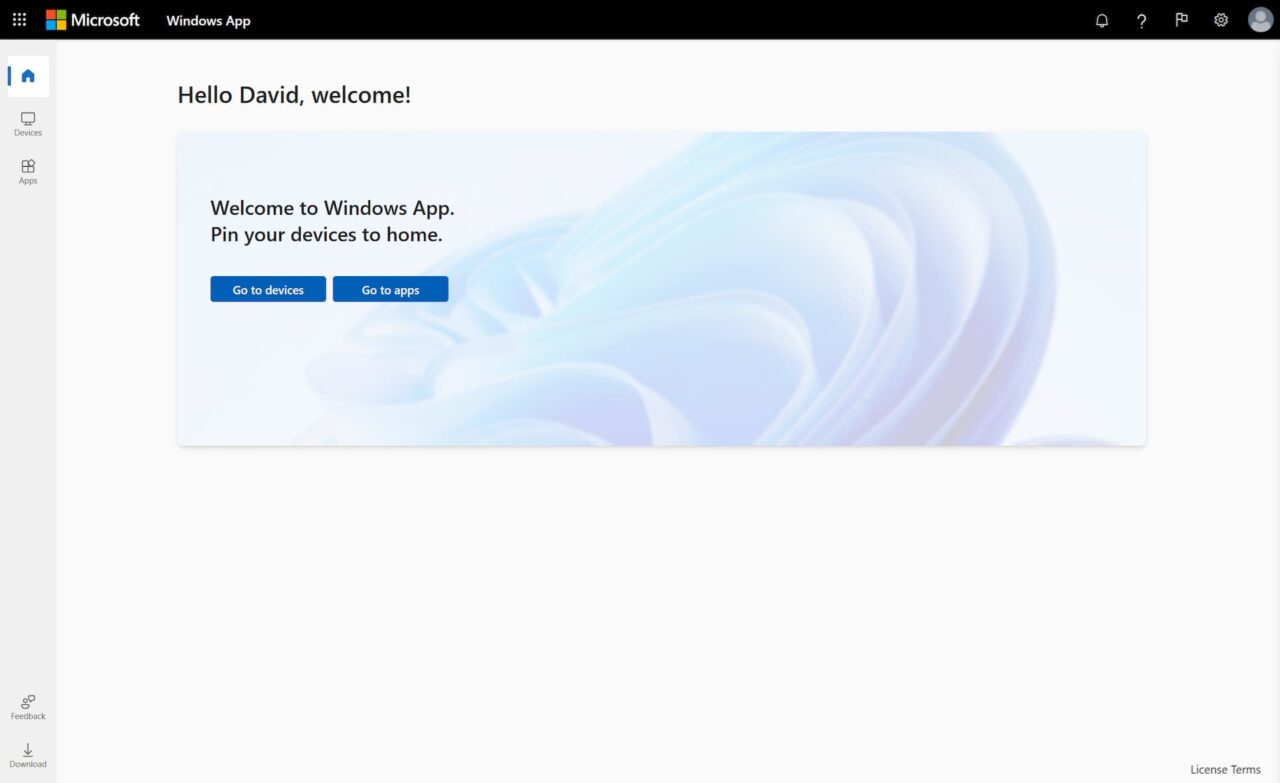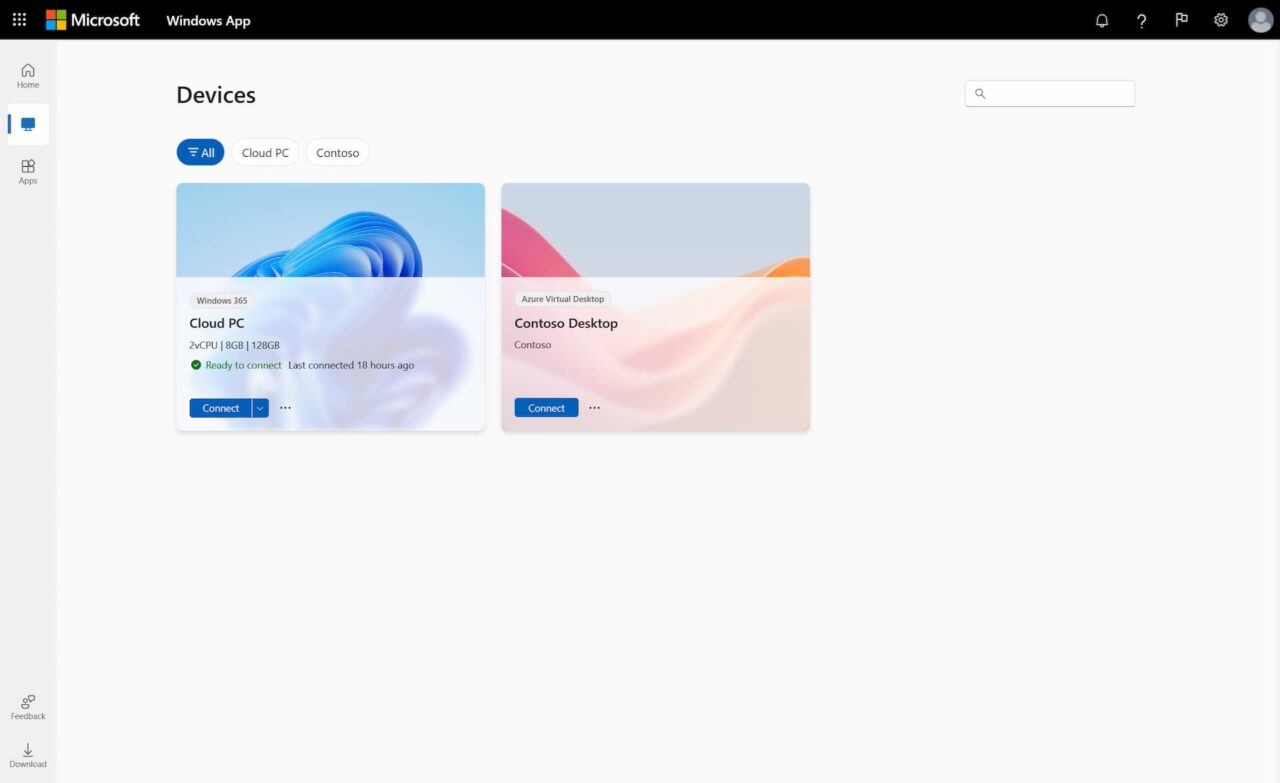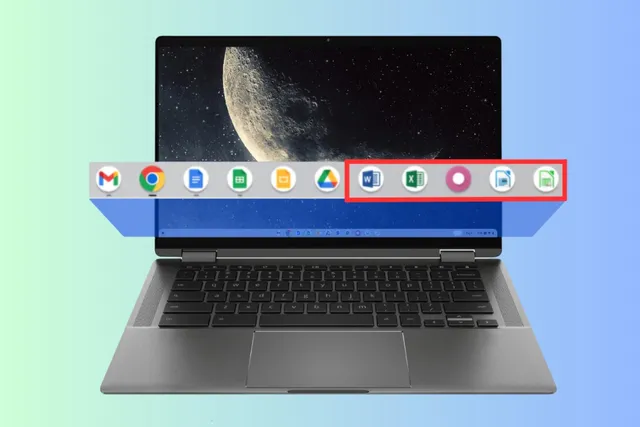It appears Microsoft is making good on it’s plan to run Windows in the cloud. The company on Thursday debuted the Microsoft Windows App. The software runs natively on multiple platforms including web browsers. And that means it streams Windows on a Chromebook, although this is mainly for corporate users.
My Microsoft account isn’t associated with a work email address so I’m unable to log in and test the Windows App. However, the concept is simple.
If you have a licence to run Windows on an Azure Virtual Desktop, Windows 365, or Microsoft Dev Box, you can remotely access Windows from a Chromebook.

Yes, this sounds much like a remote desktop client that you might have used to access a another computer from your Chromebook. It’s a bit more robust than that though.
According to Microsoft, the new Windows App offers the following features:
- Multiple monitor support.
- Custom display resolutions.
- Dynamic display resolutions and scaling.
- Device redirection, such as webcams, audio, storage devices, and printers.
- Microsoft Teams optimizations.

From a consumer Chromebook user perspective, this isn’t likely to be your way to run Windows app in your Chromebook browser. Clearly, this is aimed at enterprises and small businesses that either have, or are willing to add, Microsoft’s cloud subscription services.
And I think that’s a shame. By overlooking mainstream Chromebook users who need just a single Windows app from time to time is short-sighted. Sure Microsoft would prefer people to use Windows over ChromeOS. But the company can still generate subscription revenues through remote access to Windows. At the same time, it would have more satisfied customers.
But this seems to be a prevalent approach across all of the different ways to access Windows on a Chromebook. Parallels is great but it’s only for enterprise managed Chromebooks. Cameyo was recently integrated into ChromeOS for Windows app delivery but that too is effectively an enterprise product.

Again I understand why enterprises are the target audiences for all of these solutions. Enterprises have no problem spending money to solve a problem. Consumers are more particular with their dollars, so they’re the small fish in the big pond.
Still, why hasn’t a company even tried to test the market with a reasonably priced solution for Windows on a Chromebook? I say take the plunge by simplifying the device management process and offer a pay-as-you-go solution just to see if there’s enough interest.
In any case, the Microsoft Web App is good for enterprise Chromebook users. Any large company that adopts ChromeOS as a primary platform is likely to have legacy app needs. And Microsoft is happy to keep you using those Windows apps.


9 Comments
I don’t know why everyone wants to run “Windows” on a Chromebook. I really have nevera wanted to do that. What I really want for Christmas is to be able to run one or two Windows apps on my Chromebook. If someone would flesh out WINE to run reasonably on a Chromebook (or any Linux distro for that matter), I would be a happy camper.
@posts Microsoft outclouded Google, again ????
Kind of shows Microsoft knows consumers don’t need Windows. Wish Chrome OS team knew that too 😛
Chrome Remote Desktop is already nearly all of what consumer Chromebook users really want. It just needs to be made more “robust,” as you say. Mostly, CRD would be a vastly more popular if you could “log in” to the Chromebook at your house from your requisite Windows work computer, without someone on the Chromebook side giving permission. In other words, the Chromebook could be configured as “The Computer,” i.e. the server side. Unfortunately, Google could do that but never will.
I use this every day to get on my work machine, it works amazingly well, better than than the method I’m supposed to use to get into my works machine.
Yeah if I could get into my Chromebook remotely without having to give permission physically that would be amazing. Maybe there’s some remote clicker device someone sells with a phone app or something. I really want something I can leave at home and then access anywhere through any machines browser, thinking of a mac mini or something purely because yeah not allowed with Chromebook.
Ma perché non fanno in modo che si possa usare anche il desktop remoto da web? sarebbe comodissimo da chromebook, invece di installare l’app.
gdem, you might want to check this Webpage:
https://support.google.com/chrome/thread/7406108/introducing-chrome-remote-desktop-on-the-web?hl=en
I would love to see Microsoft release a cloud based version of Windows for the consumer. Of course, it would have be decidedly less expensive than what the current rate is on the SMB/Enterprise space today.
I’ve been adapting my world to be more cloud oriented meaning ChromeOS is the best option for my day-to-day tasks. It is the lightweight, adaptable (see: Android + Linux), easy to go from unconfigured to my exact needs including Linux container restore (which is huge!), and it is probably the most secure OS available in the consumer space at this point in time.
There are a number of things that I still need a Windows environment to get done. More legacy than anything else but it still needs Windows. I’d love to be able to install this to my Chromebook and connect to a cloud based version of Windows.
This is a case for MS to bring back CPU time-sharing. I wouldn’t necessarily object to renting a Windows cloud session for maybe 3 cents per CPU-hour during peak hours, 1.5 cents per CPU-hour during off-peak hours. ????